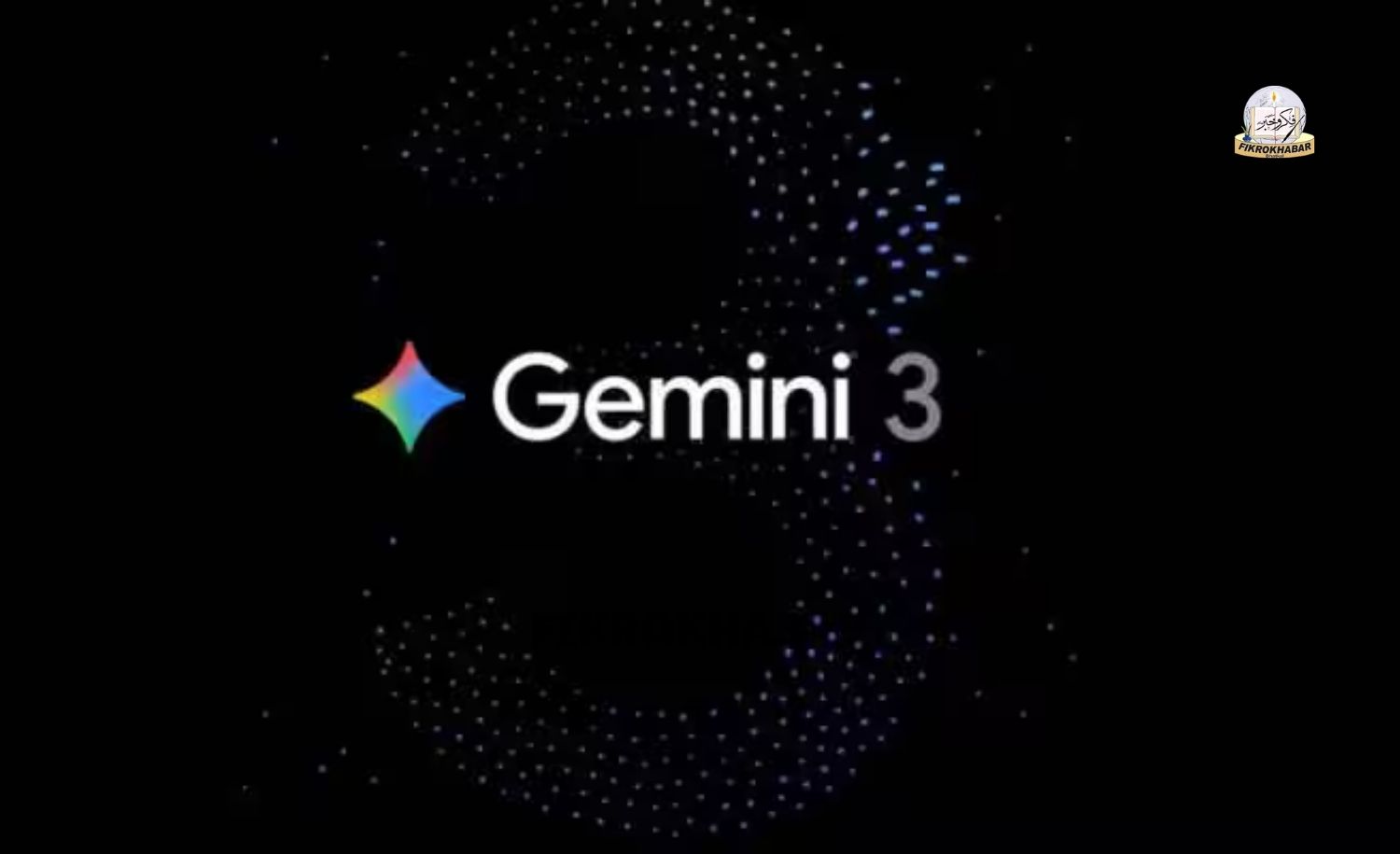Google releases VaultGemma, a 1B-parameter private-by-design language model

Google has unveiled VaultGemma, a 1-billion-parameter language model trained from scratch with differential privacy to minimize leakage of sensitive training data while maintaining practical utility. The company describes it as the most capable differentially private LLM of its size and is releasing its weights on major platforms to accelerate privacy-preserving AI research.
VaultGemma applies DP-SGD with gradient clipping and calibrated Gaussian noise, providing formal sequence-level privacy guarantees against data extraction attempts. By construction, this approach reduces the influence of any single example on the model, helping mitigate memorization and enabling safer deployment in sensitive contexts.
Google’s research introduces new scaling laws tailored to differentially private training, mapping the compute–privacy–utility trade-offs that differ from non-private regimes. These laws helped plan training runs and predict final loss, improving stability for large-batch DP optimization and informing future private model development.
The model architecture aligns closely with the Gemma family, offering a compact footprint suitable for constrained environments and a 1,024-token context window for common understanding and generation tasks. As a pretrained base, it can be instruction-tuned for applications like Q&A, summarization, and classification while retaining its privacy-first training pedigree.
On standard academic benchmarks, VaultGemma trails contemporary non-private models but achieves utility comparable to similarly sized non-private models from several years ago. Google positions this as a realistic starting point for closing the privacy–performance gap through better algorithms and scaling, rather than as a limitation of the privacy principle itself.
To encourage reproducibility and community scrutiny, Google is publishing model weights and documentation on popular repositories, emphasizing auditable privacy alongside open access. This strategy targets use in regulated and sensitive sectors where privacy guarantees are essential, including healthcare, finance, and government workflows.
Source: Google Research blog; Hugging Face model card; Google DeepMind/Gemma documentation; press coverage.
What to know about VaultGemma
- Core idea: Train an LLM with differential privacy end-to-end so that outputs reveal minimal information about any single training example. This is enforced through noise addition and clipping during optimization.
- Size and family: 1B parameters; part of the Gemma lineage, optimized for lightweight deployment and extensibility via instruction tuning.
- Training guidance: New DP-specific scaling laws predict loss and guide compute allocation, addressing DP-induced instability and large-batch requirements.
- Utility today: Performance is below top non-private peers but in line with prior-generation models of similar scale, reflecting current costs of privacy.
- Access: Open weights and documentation are available on community hubs to spur research and real-world pilots under a permissive license.



